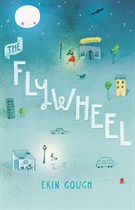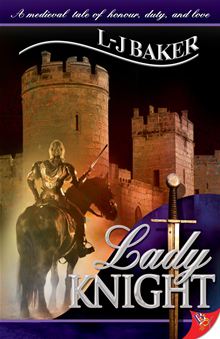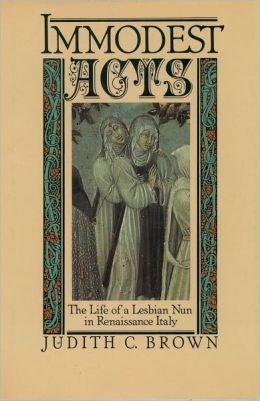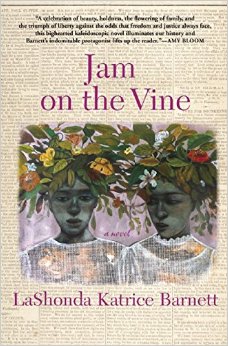Don’t judge this book by its cover – or by its title. While The Difference Between You and Me sounds like your typical novel about an unlikely high school pair, fear not – Madeleine George’s uniquely realistic teenage voice makes this book stand out among its queer YA companions.
Emily is the preppy, intelligent, blonde Vice President of student council with the perfect boyfriend. Jesse is the combat-boot-wearing, short-haired lesbian radical with an affinity for writing manifestos proclaiming freedom for all weirdos. Esther is a confident, quirky, bona fide activist, who idolizes Joan of Arc and spends her weekend mornings peacefully protesting with her elderly friends.
Emily and Jesse have undeniable feelings for each other, but barely make eye contact outside of their weekly rendezvous in the library bathroom. Jesse meets Esther at Saturday detention, and the two become allies during a controversial issue at school. As it becomes clearer that they are pitted against each other in the debacle, Jesse and Emily have to decide whether they will sacrifice their secret relationship to further their causes.
The three girls view the issue in vastly different ways, and as the situation grows more complex, so too do their methods of resolving it. It seems like each girl portrays a different type of activism – Emily’s well-intentioned but flawed approach is a direct contrast to Esther’s single-minded pursuit of justice for all. Jesse lies somewhere in the middle, and the more George allows her to question her identity as an activist and as Emily’s secret fling, the more interesting and unique the story becomes.
It is clear that George knows how to tap into the mind of a teenager, and is masterful in conveying that mindset to the page. Her witty dialogue and first-person narration is so well written that it seems effortless, and certain sections of the novel flow more like a monologue than a book.
Perhaps it is George’s background as a playwright that allows her to write the stereotypical mean girl as a sympathetic character. Emily’s voice is as genuine as it is frustrating, as she struggles to reconcile her secret feelings for Jesse and her role as a sort of public figure at school. I found myself wanting to save her from the collision of her two perfectly managed worlds rather than losing patience with her.
Both Emily and Esther tell their own stories, but Jesse’s sections are written in third person, making the transition between chapters a bit jarring. I wish that Jesse’s had been the primary voice of the novel – readers will want to be in her mind as she struggles between her commitment to the cause and her adoration of Emily.
While George compels both Jesse and Emily to reflect on their choices as the story unfolds, the moral lesson is surprisingly not trite. As an adult reading YA, it is often easy to predict how the characters will develop, but Jesse and Emily resonate in a way that makes their growth throughout the novel less cliché.
Overall, I would recommend this book to anyone who loves a gutsy teen protagonist and a surprisingly romantic bathroom make-out scene.





Christa says
I really appreciated how she wrote three very different female characters and made them all complex and believable. I really enjoyed this book and don’t think it got enough attention overall.